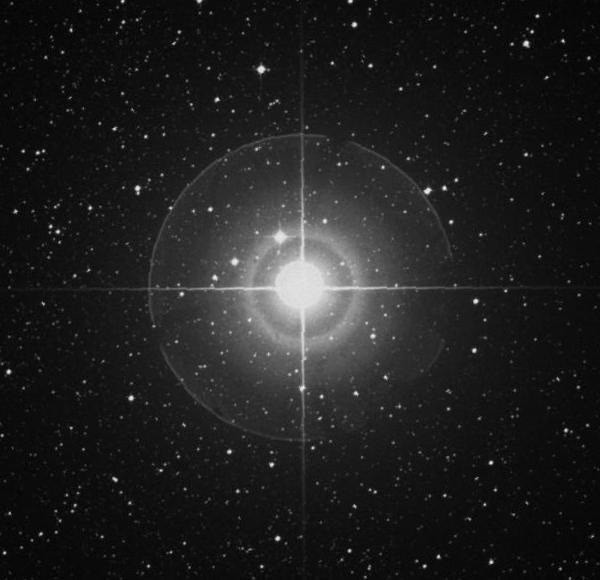complete beginner so dont judge me but few days ago been trying to get more into linux so i installed arch. just today i deleted a separate partition on my disk and i couldnt access arch anymore, it wasnt showing on the bios. so i tried installing arch again using archinstall and it unmounted all the partitions on my disk.
is everything just gone now? i feel dumber and dumber as i write this because i just dont know what to do.
Arch is not a distro I’d recommend for beginners. Try something like Mint or Ubuntu. Even Debian has a gentler learning curve.
If the installer simply unmounted the partitions, they should (I think) still be there. They just need to be re-mounted.
how would i go about remounting them?
been a while since i done this so i might have gotten some parts wrong:
- get a thumbdrive/usb drive/whatever you call it
- install the arch iso on it. im assuming you still have another device you can boot to.
- plug in the usb into your broken device. turn it on. then boot into that usb. you probably did this while installing arch so im assuming you know how to do that.
- once in, mount your broken arch install by doing
mount /dev/<whichever partition it was> /mnt. take note of the space between the partition and the/mnt. - then do
arch-chroot /mnt - from there just install grub like normal (just do whatever you did to get grub working in the first place).
it just says the partition doesnt exist
the partition doesnt exist? what does
lsblksay?if the partition really doesnt exist then you either deleted the partition or destroyed the partition table. either way, if you dont have important data on it then id recommend you just abandon the install, delete everything and make a new one. otherwise you could try your hand at some linux file recovery tools (windows ones are almost certainly a scam).
i guess they got deleted. it sucks because ive used windows for years, and all the data is just gone. i do think i can just start fresh though.
Sorry that happened to you. Best practice is to always back up anything important before messing around with partitions, and if the guide you were following didn’t warn you, shame on them.
Have you tried typing “lsblk” on that Arch install disk? It might be able to find a partition you can try to mount to get some of the data off.
You did decide to jump into the deep end with Arch, and hopefully this doesn’t turn you off linux. On the bright side, now you’ve done the worst you can do, so you can feel free to tinker risk-free at this point. The worst that can happen is you muck up the install again, have to delete all the partitions, and keep trying until it works.
good luck
It sounds like you deleted the EFI partition. The BIOS checks for a partition with a special filesystem (basically FAT32) to load the OS bootloader. That’s where it gets the information about the OS name to show in the BIOS boot selector. If it’s gone, the operating system won’t show up, and the system can’t boot.
People more knowledgeable than me have offered better advice than I could. Just wanted to stop in to say that sucks man, I’m sorry you’re struggling with it. Folks are right though, arch is one of the most technical and complicated places someone could start :(
It’s unclear from your comments how much personal data may have been lost. I hope not much- in the future before you make big changes be sure to back up your personal data, even if its just copying stuff to a flash drive
I’m wishing you luck with your fresh start on a new distro. Most distros these days are super straight forward, plug and play operating systems with a graphical installer that does all the work for you- arch is one of the handful of exceptions
Just today i deleted a separate partition on my disk and i couldnt access arch anymore, it wasnt showing on the bios.
If it wasn’t your Arch installation, I’m guessing that that was maybe the EFI boot partition, since that’s the only thing I could think of that’d affect the visibility in BIOS.
https://en.wikipedia.org/wiki/EFI_system_partition
is everything just gone now?
I’ve never used the Arch installer, but I’d guess that it doesn’t wipe everything without some kind of warning.
If you mean, by “unmounted”, “deleted”, then yeah, it probably deleted them. It’s maybe possible to re-detect the location of filesystems on the drive if the data hasn’t been overwritten yet.
If you don’t mean “deleted”, then it’s definitely there.
In Linux, run
lsblk. That’ll list all the partitions it can see.You can manually mount 'em doing something like this (if /dev/sdc1 is in there):
# mkdir mountpoints # mkdir mountpoints/sdc1 # mount /dev/sdc1 mountpoints/sdc1Then look at 'em.
# ls mountpoints/sdc1And when done:
# umount /dev/sdc1If you find your partitions, then you can re-add 'em, probably to /etc/fstab, which is just a text file in a particular format that tells a Linux distro what mountpoints to mount at boot. I don’t know if Arch does anything special here.
deleted by creator
Create a FAT32 partition 256-512 MB in size for UEFI, preferably at the end or start of your partition table by chrooting as described by others and running
grub-install /dev/sdX(or/dev/nvmen0pXor sth like that if you have an NVMe drive) on your newly created partition, thenupdate-grub, also as a root. For ease of use you can use something like GParted live, but I’m not sure if it provides a terminal that can properly chroot into your arch installation.Then check if your BIOS “sees” the newly created UEFI partition and if it’s set as the default boot option.




